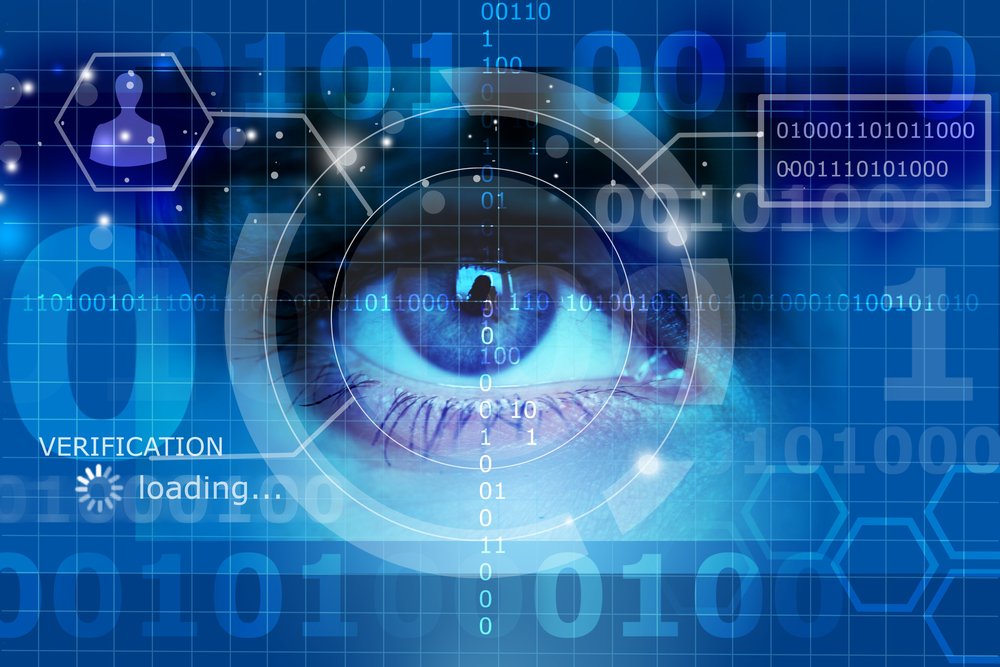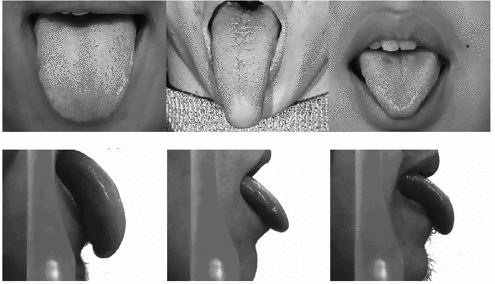Table of Contents (click to expand)
Tongue prints are going to revolutionize identification methods by providing a unique form of identification that cannot be mimicked or applied without the person’s consent/consciousness.
If you’re a fan of movies (especially sci-fi and espionage ones), then you have seen plenty of different ways to identify people and make sure that only ‘the right man gets the pie’. You have probably gone through finger-printing tests yourselves, and you might have even chanced upon one of those ‘iris tests’, depending on your industry or security clearance.
However, there is another player in the arena that you may have never heard of: the tongue print.
The World Of Biometrics
A biometric-scanning device takes data about an individual’s physical (or behavioral) attributes and then converts it into a form of digital information that can be read and accessed whenever required. This form of identification is quite successful as compared to other methods, which require individuals to carry physical objects, like cards or keys, as these physical attributes cannot be ‘misplaced’ or ‘lost’.

Once an individual’s specific attribute is inspected, it is compared with a huge assortment of data of people’s physical attributes. This has been an effective method of identification for decades, but researchers are always looking for new ways to move technology forward to be more efficient and effective.
Also Read: Do Fingerprints Ever Change?
Enter The Tongue Print
There are a few things that make the tongue such a good candidate for identification. First off, every tongue is different in terms of certain aspects like shape and texture. Also, it is the only organ actually housed inside the body (the mouth, to be more specific), but it can easily be stuck out for inspection. Other forms of identification involve eyes or fingerprints, which are already exposed, whereas the tongue is well concealed and cannot be inspected without the subject knowing about it. Also, sticking out one’s tongue is an undeniable “proof of life”, whereas fingerprints and even irises can be mimicked or applied without the person’s consent/consciousness.
Also Read: Why Do We Have Fingerprints And Why Are They Unique?
Attributes Measured
Two main attributes are measured for a tongue print. First is the tongue shape, as the shape of the tongue is unique to everyone. Some people have long tongues, while others have short ones. These are just the basic types, but there are all sorts of tongues out there; in fact, you’d be surprised at how many different shapes of tongues actually exist. Here are just a few of them:

The other notable feature is the texture of the tongue. Tongues consist of a number of ridges, wrinkles, seams and marks that are unique to every individual.

These physical attributes are recorded using a ‘tongue image-acquiring device’, which is basically a high-tech digital camera, and subsequently processed using tongue diagnostic software. The camera provides superb image quality using a ‘3-in-1’ sensor combination. It is able to reproduce the smallest details of the tongue in varied bright colors. There is also a ‘Pixel Fusion Technology” that is able to capture even the most subtle shades and details of the tongue. The image is then further processed using specialized software that makes use of a number of bar graphs, histograms and other tools to map an individual using their tongue.
Therefore, in the future, if you ever get into an argument with a stranger while you’re trying to remain incognito, don’t stick your tongue out! Once this technology becomes more widespread, you might just blow your cover!
How well do you understand the article above!

References (click to expand)
- Diwakar, M., & Maharshi, M. (2013, January 18). An Extraction and Recognition of Tongue-Print Images for Biometrics Authentication System. International Journal of Computer Applications. Foundation of Computer Science.
- Zhang, D., Liu, Z., Yan, J.-. qi ., & Shi, P.-. fei . (n.d.). Tongue-Print: A Novel Biometrics Pattern. Advances in Biometrics. Springer Berlin Heidelberg.
- Liu, Z., Yan, J.-Q., Zhang, D., & Tang, Q.-L. (2007). A Tongue-Print Image Database for Recognition. 2007 International Conference on Machine Learning and Cybernetics. IEEE.
